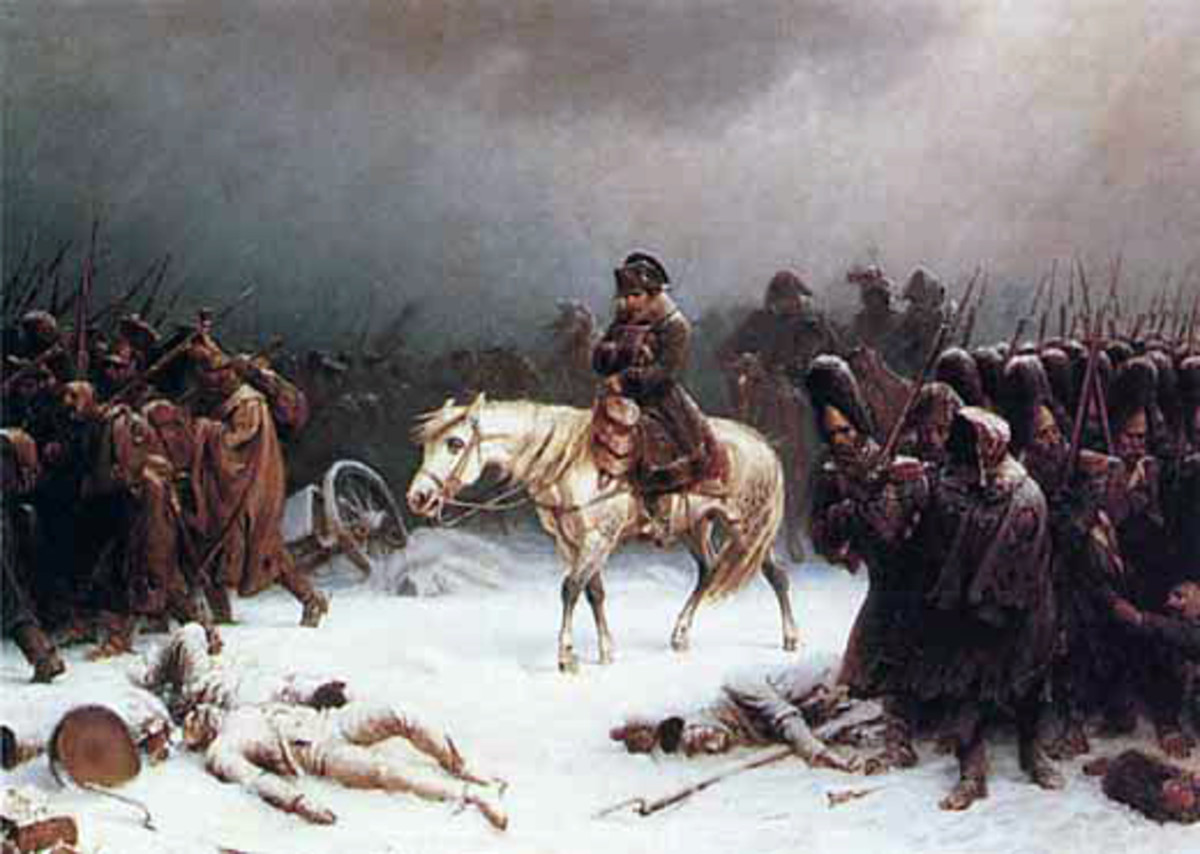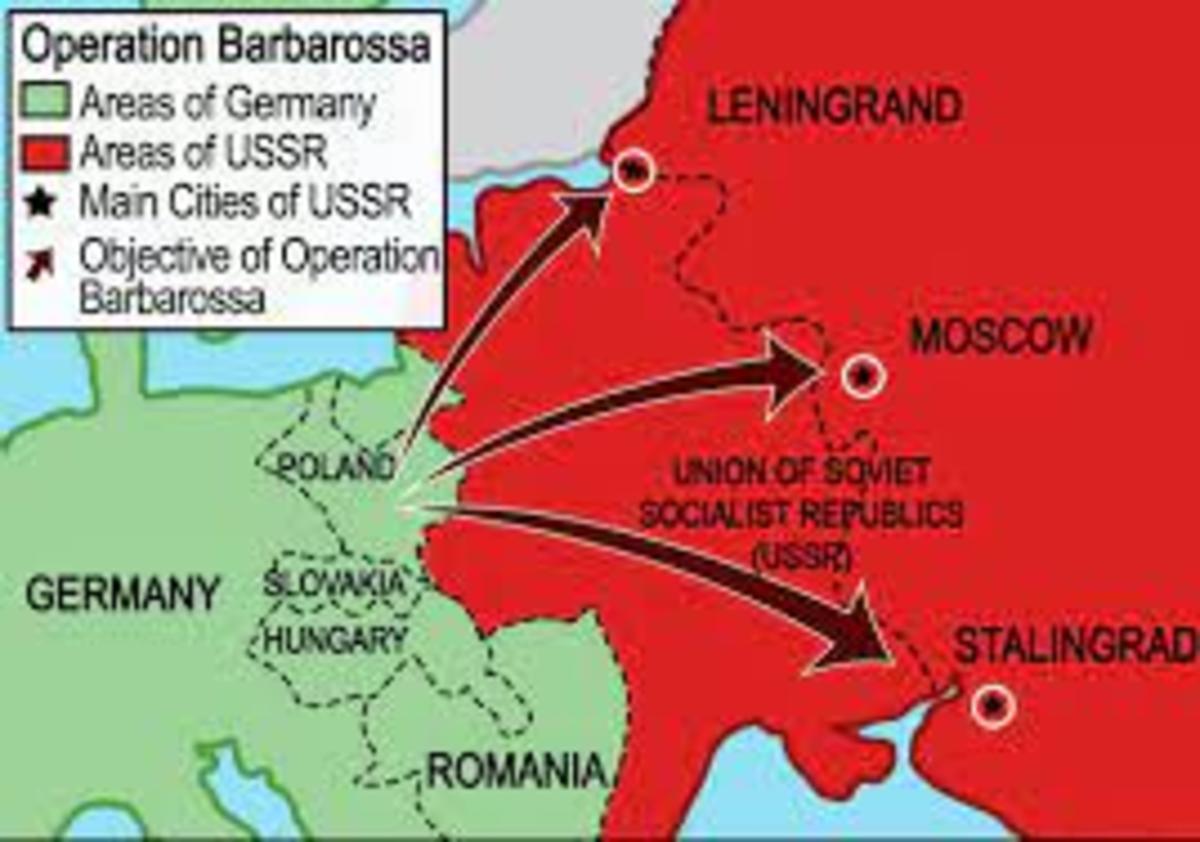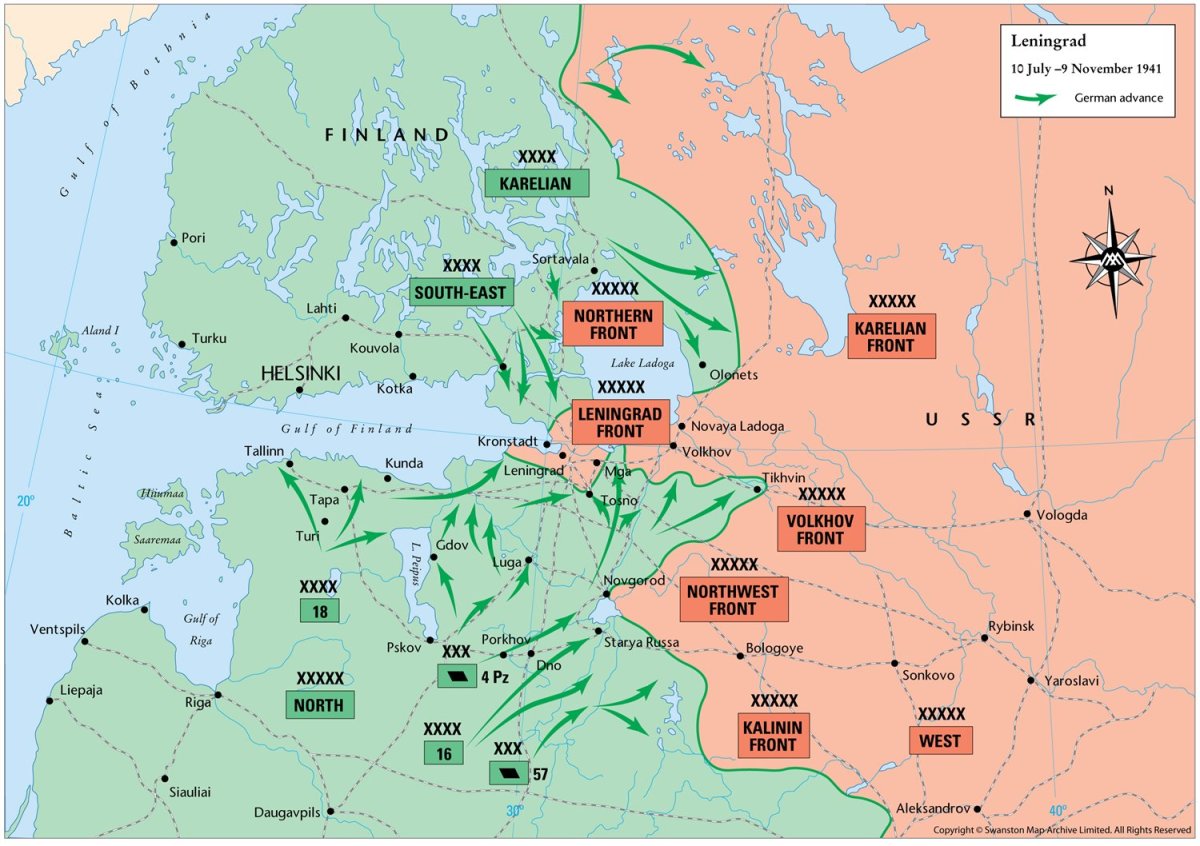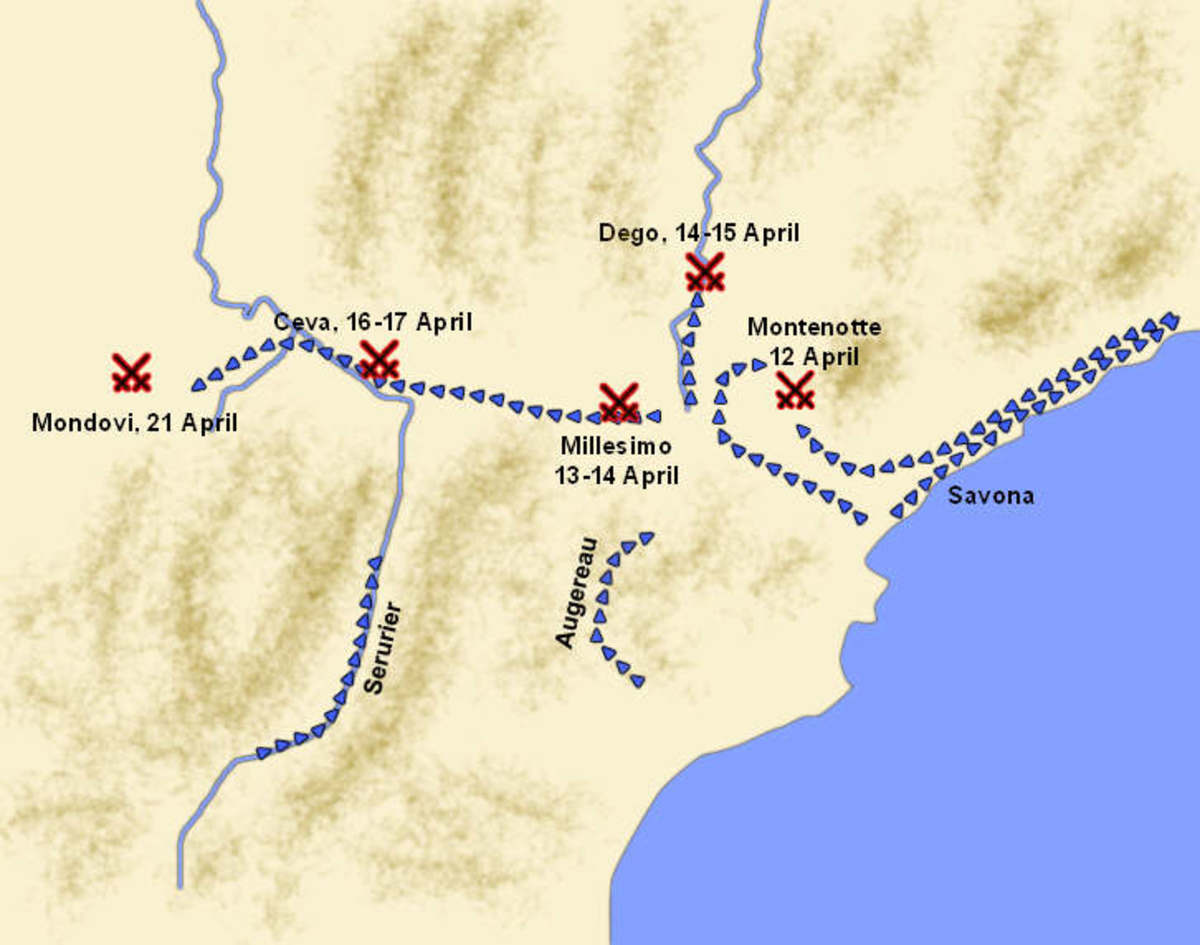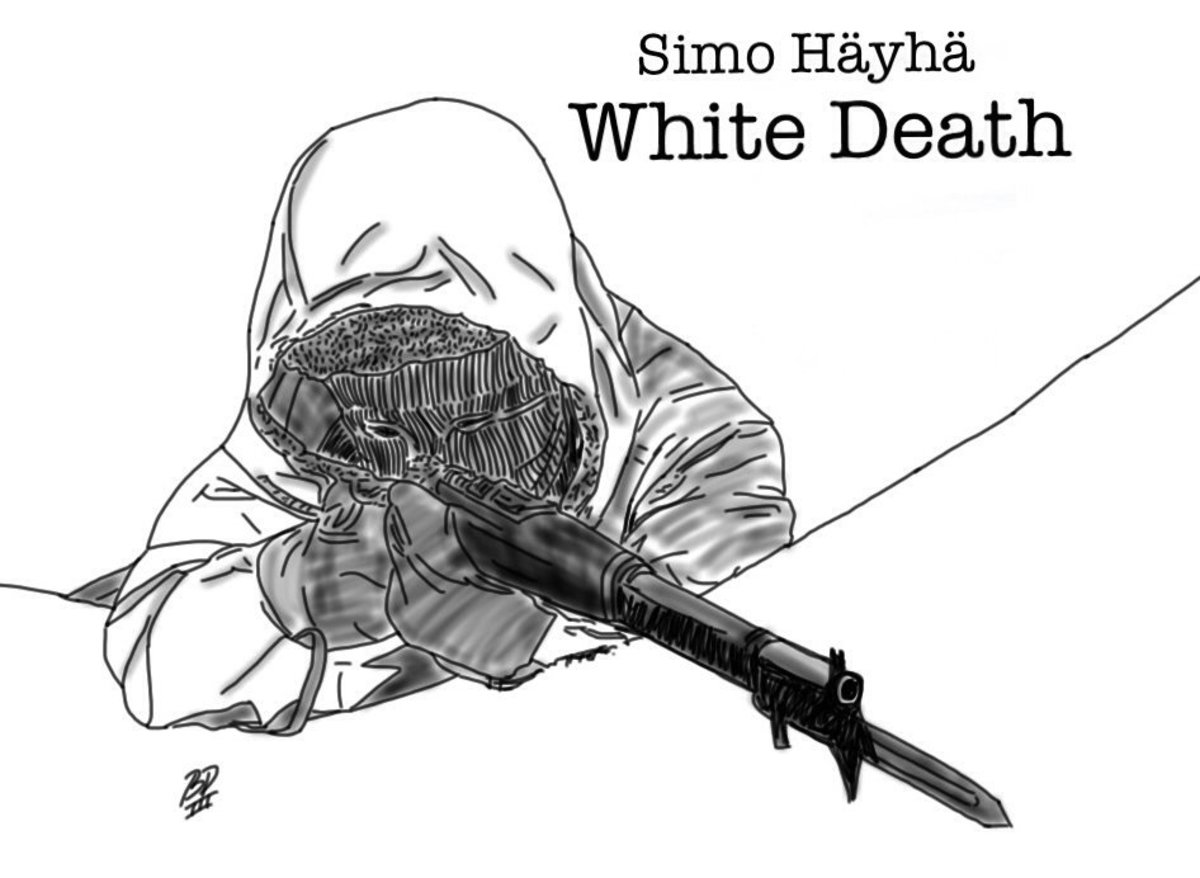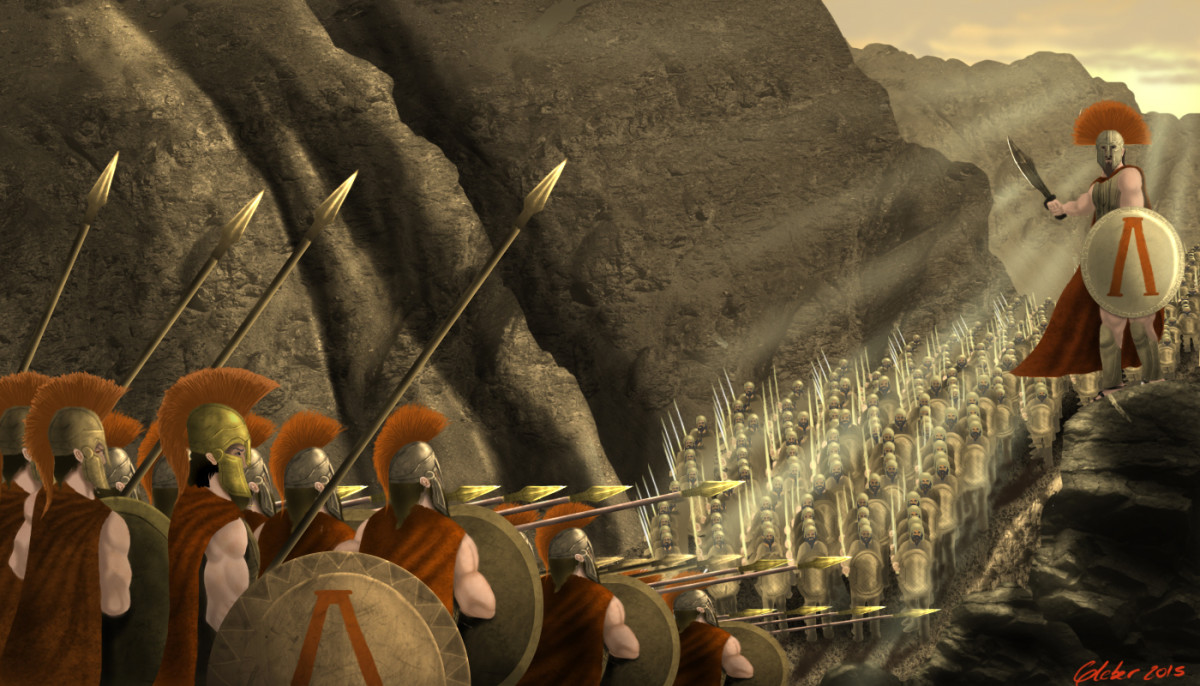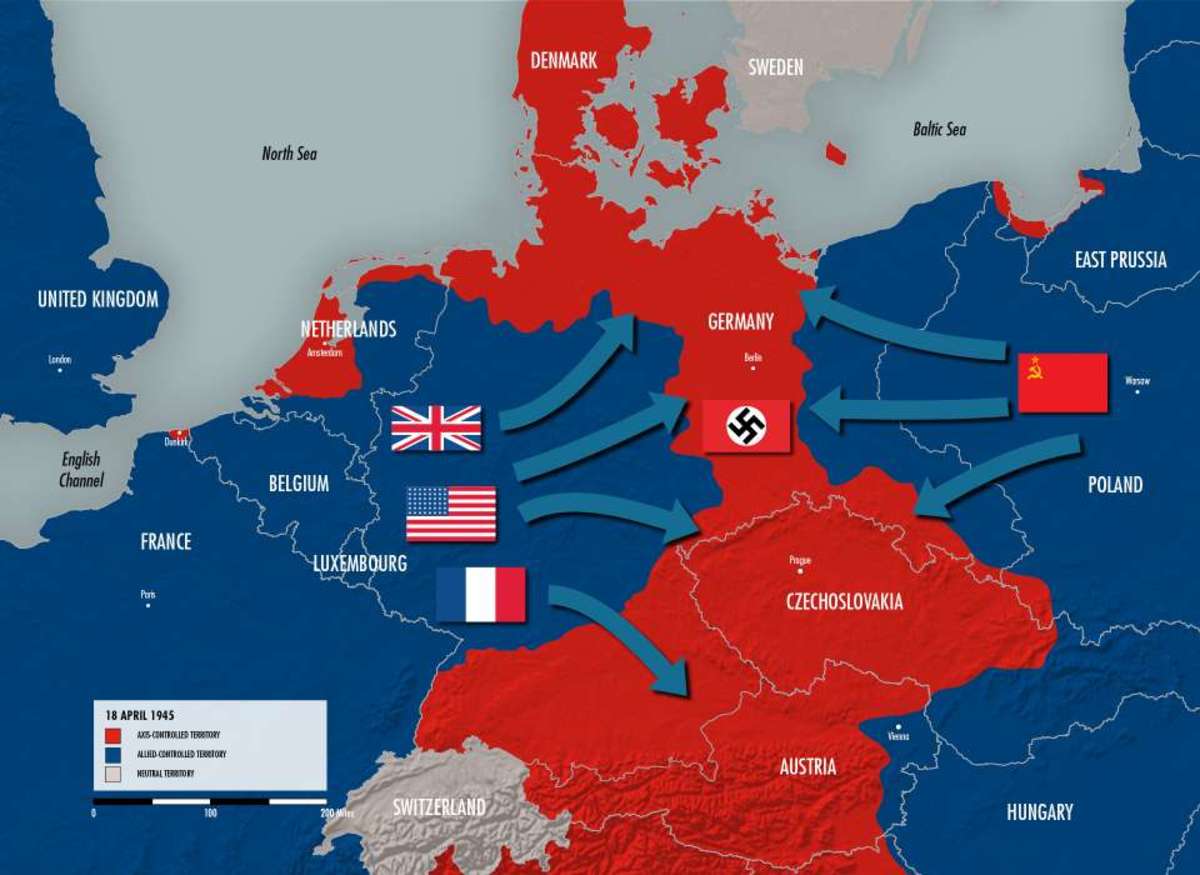10 Military Blunders and Bad Decisions: Chapter 1
Throughout history there have been any number of heroic people and deeds, therefore it stands to reason that there are just as many if not more blunders and bad decisions to explore.
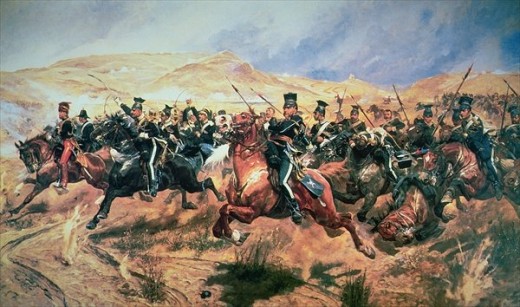
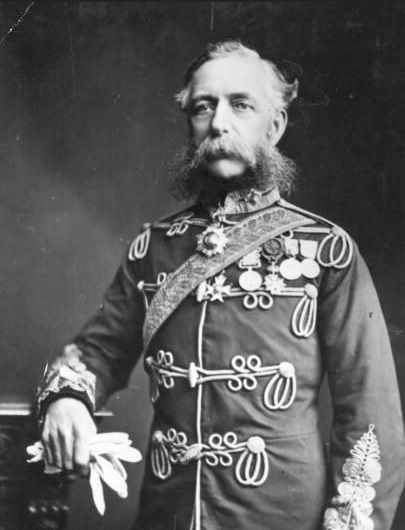
#1 The Charge of the Light Brigade (1854)
The Charge of the Light Brigade was a military disaster of epic proportions that would become immortalized in poem by Alfred, Lord Tennyson just six weeks after the catastrophe.
The Charge of the Light Brigade comes about due to a error in communication. Lord Cardigan led a suicide charge of light cavalry against a well manned Russian artillery unit during the Battle of Balaclava.
The light brigade was supposed to be harassing a retreating Russian artillery force that had taken severe casualties and was severely weakened and in full rout, however due to vague orders from the overall commander Lord Reglan and the misinterpretation of those vague orders by Lord Cardigan the Light Brigade suffered heavy losses and had to retreat earning no decisive gains for their sacrifices after accidentally attacking a fully manned artillery unit that was heavily armed and in a prime defensive position. Blame for the disaster is still controversial largely due to the vague nature of the orders.
Result:
The Brigade had to retreat almost immediately after starting their attack, out of about 600-670 men (actual numbers are unclear) at least 110 were killed immediately and another 160-170 wounded. Though modern estimates put casualties at about 280 and over 330 horses lost and is now believed that the Russians took a good number of men prisoner though the exact number is not and will probably never be known.
Normally the British Army kept very accurate records and could pinpoint losses very well but in this case not only was this mistake a devastating blow to the British psyche that is still well known today but the reports from the field made by Reglan's Aide-de-camp Somerset Calthrope three days later did not make a distinction between killed and captured further confusing matters.
3rd verse of The Charge of the Light Brigade
Cannon to right of them,
Cannon to left of them,
Cannon in front of them
Volley'd and thunder'd;
Storm'd at with shot and shell,
Boldly they rode and well,
Into the jaws of Death,
Into the mouth of Hell
Rode the six hundred.
-Alfred, Lord Tennyson
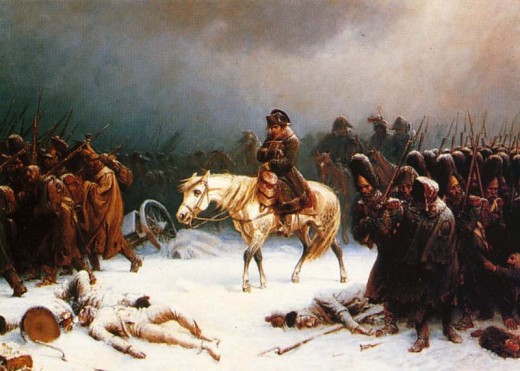
#2 Napoleon's invasion of Russia (1812)
Napoleon had few blunders in his military career with his invasion of Russia being arguably the greatest of them.
Many experts agree that at the start of Napoleon's invasion his personnel numbers were approximately 480,000 to 630,000.
The invasion started in June 1812 with Napoleon expecting little difficulty in taking Russia and the ability to quarter his troops in captured Russian towns. The French were both surprised and disturbed however to discover that the Russians believe in a "scorched earth" policy and burned entire towns, villages and fields to deny the French troops there use.
Result: The French were not equipped to deal with a Russian winter and between combat and weather by November Napoleon had only 27,000 troops still fit for duty, French losses from June to December equaled approximately 380,000 men dead and approximately 100,000 captured. These numbers do not take into account the unknown numbers of deserters during the six month campaign.
Conclusion: The ill advised invasion of Russia in 1812 was a turning point in the Napoleonic Wars and a decisive victory for the Russians.
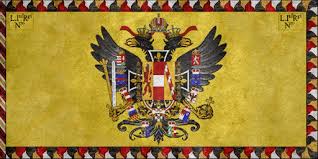
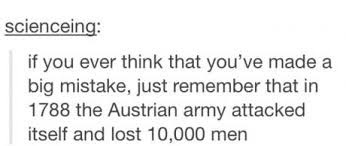
#3 The Battle of Karansebes (1788)
What was meant to be a decisive engagement against the Ottoman Turks by the Austrian Army turned into a self inflicted disaster of epic proportions.
Version 1: The main body of the Austrian army who had been setting up camp were startled by an Austrian scouting party that had just returned from gathering Intel on the enemy positions. The two groups (both Austrian) thought each was the enemy attacking after both failed to identify themselves and opened fire.
Version 2: The main body of the Austrian army had obtained alcohol from gypsies that they didn't want to share with the returning scouts, and being both drunk and armed (always a good combination) opened fire on the second body of Austrian's who then returned fire in self defense.
Result: No matter which version you believe the result was 10,000 dead Austrian's by their own hand, when the Ottoman's arrived two days later they were very startled to find an abandoned encampment filled with bodies.
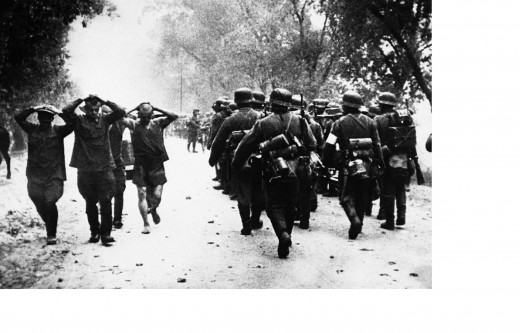
#4 German Invasion of Russia (1941)
The German Invasion of Russia also known as Operation Barbarossa just as with Napoleon's invasion was ill advised and ill fated.
After many initial decisive victories against poorly equipped Russian troops, the Russians rallied outside of Moscow and the fight turned into a war of attrition which the Germans were not prepared for and Russian weather once again helped to save the day in what became a major turning point in World War II. The failure of Operation Barbarossa infuriated Hitler and he subsequently ordered more attempts to over throw the Soviet government and the Red Army, these attempts called Operation Nordlicht, Case Blue and Operation Citadel also all met with failure.
While the German's suffered a small loss of men compared to the Russian's an argument could be made that because of his greed and Germany turning on it's ally Russia in WWI Hitler lost the war.
Result of invasion:
German dead 800,000+
Russian dead 4 million+
Major loss for Germany despite horrific number of Russian deaths.
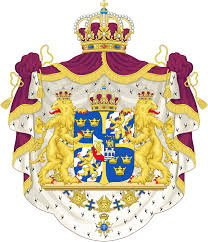
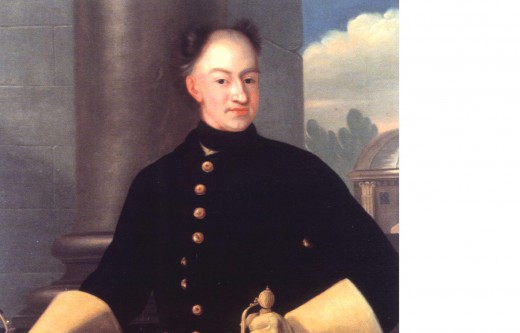
#5 Swedish Invasion of Russia (1708)
In 1708 Charles XII of Sweden made the decision to invade Russia (Because we all know that always works out so well). Charles successfully rampaged through Russia for a year and a half.
Since Charles won almost every engagement we have to ask our selves "what went wrong"? The answer is the same one that surprises and disturbs every one who invades Russia, a scorched earth policy and the Russian weather.
First Russians have no problem burning all their towns and belongings to prevent an enemy from using them.
Second a Russian winter will get them every time a Russian bullet doesn't (a Russian winter was actually more likely to kill during this time than a Russian bullet because the majority of Russian's were poorly trained, poor armed conscripts that really didn't want to be there).
Results:
Out of 40,000 troops that came into Russia with Charles XII over 13,000 froze to death. While Charles entered Russia with 40,000 men, he fled with only 543 of them left.

#6 Battle of Hattin (1187)
The Battle of Hattin occurred during the Second Crusade between Christian Crusaders and Saladin's forces.
The biggest problems facing the crusaders going into this campaign in the desert were water and intelligence (intelligence in this case being brains not info) both as it turns out the Crusaders were short on, a fact Saladin was well aware of and exploited to great effect.
Result:
Loss of the majority of the Crusader army, a major loss for Christianity as the True Cross was lost to Saladin and never recovered and the Crusader defeat at Hattin also set up the fall of Jerusalem and the start of the Third Crusade.

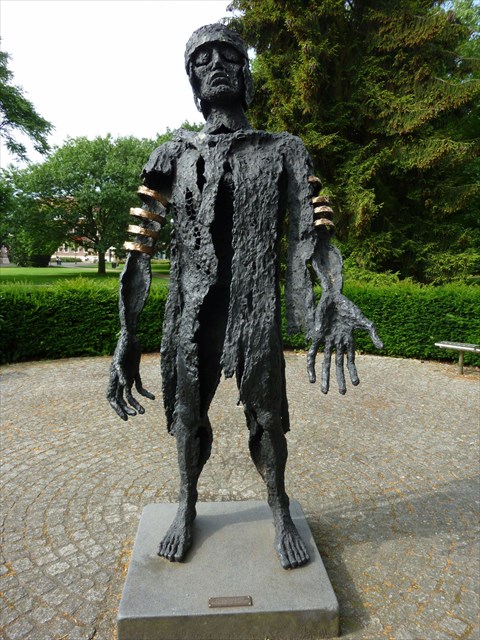
#7 The Battle of Teutoburg Forest (9AD)
Teutoburg Forest happens to be one of my all time favorite historical stories even as a child I loved hearing this story and I have watched every documentary on it and read many books, despite the info never changing just because it is such an interesting series of events, the actions leading up to the ambush, during the ambush and Roman response after.
Roman legions under the command of Publius Quinctilius Varus were betrayed by an advisor to Varius, a Germanic hostage since childhood named Arminius who had been raised in Roman territory as surety for his father's good behavior, had received Roman citizenship and had a Roman military education and was a trusted companion/advisor to Varus, enabling him to deceive the commander and be informed of Roman plans/movements. In 9 AD Arminus showed he was still Germanic and a Barbarian by leading Varus into a deadly trap. The Battle of Teutoburg Forest is still accounted by many historians to be one of Rome's greatest defeats and one of the most decisive victories in military history
Numbers:
Germanic Tribes-approximately 12,000-30,000
Romans- 3 legions of up to 36,000 highly trained soldiers and several auxiliary units
Results:
Decisive defeat of Varus leading to the deaths of approximately 20,000 men and the enslavement of many of the survivors.
In a move not seen before the numbers of the Roman legions were "retired in grief" permanently removing legions XVII, XVIII and XIX from the public rolls an act never before taken by Rome or one that was repeated by Rome after future losses, as legions were usually restructured even after tremendous loss.
The Emperor Augustus was so badly affected by the loss of the legions he would bang his head violently against walls screaming "Quintili Vare, legiones redde!"
Translation: "Quintilius Varus give me back my legions!"
Something very difficult for Varus to manage since Arminus had removed his head.
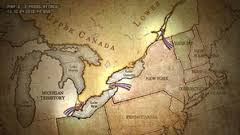
#8 U.S. Invasion of Canada (1812)
At the start American forces had the position of strength in this conflict and would, many thought come out the victors, however something went undeniably, terribly wrong for the Americans and from 1812-1813 three American armies either surrendered or were killed.
On the American side an estimated 2300 were killed in action with another 15,000 dying of various causes such as infection and disease while the British/Canadian armies lost about 1600 in battle and another 3200 to disease
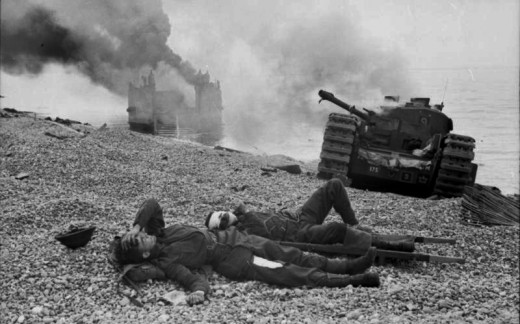
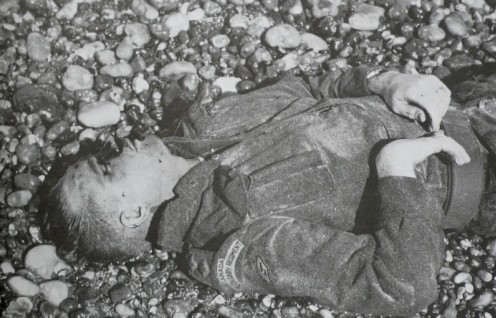
#9 The Dieppe Raid (1942)
The disaster known as the Dieppe Raid codenamed “Operation JUBILEE” was a combined Canadian/British/American effort to get troops into a Nazi controlled area of the French coastline, for it seems no real reason other than to demonstrate that they could.
Result: A massacre
Numbers: approximately 6000 Canadians, 1000 British and 50 U.S. Army Rangers
The combined Canadian/British/American forces were approximately 7050 strong when they went in and had a 60% casualty rate with no real operational aims/gains for having gone in the first place. In addition to foot troops lost the Royal Air Force also lost 106 planes, 33 landing craft and several tanks.
The capture of a copy of the Dieppe plan by the Germans allowed them to carry out a thorough analysis of the operation. Senior German officers were unimpressed; Gen. Conrad Haase considered it "incomprehensible" that a single division was expected to be able to overrun a German regiment that was supported by artillery. He added that, "the strength of naval and air forces was entirely insufficient to suppress the defenders during the landings". Gen. Kuntzen believed it "inconceivable" that the Pourville landings were not reinforced with tanks.
The Germans were also unimpressed by the specifications of Churchill tanks left behind after the withdrawal. One report assessed that, "in its present form the Churchill is easy to fight". Its gun was described as "poor and obsolete", and the armor was compared unfavorably with that used in German and Soviet tanks.
The Germans recognized that the Allies were certain to learn some lessons from the operation, with Von Rundstedt observing that, "Just as we are going to evaluate these experiences for the future so is the assaulting force ... perhaps even more so as it has gained the experience dearly. He will not do it like this a second time!"
In fact the Allies did learn from this disaster and it was a "lessons learned" aspect when planning both assaults in North Africa and the Normandy Landing just two years later.
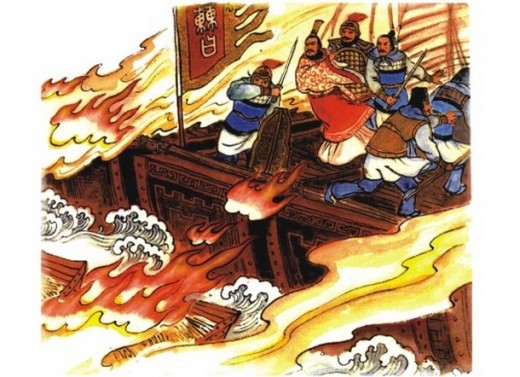
#10 The Battle of Red Cliffs (208 or 209 AD)
Spies are always trump cards in any conflict and any side is lucky though unlikely to catch them before too much damage is done.
The Chinese warlord Cao Cao found this out the hard way when a spy who had worked his way up to a spot as a top advisor, advised Cao Cao to tie all his ships together to reduce movement and therefore lessen the likelihood of seasickness among the crews whom had been drafted from northern territories and were unused to sea travel and suffering greatly with sickness.
Sounds like a great idea right? Unless those ships need to move or if someone (like the enemy commander) sets fire to a few of them.
This mistake in judgment helped lead to the fall of the Han Dynasty.

